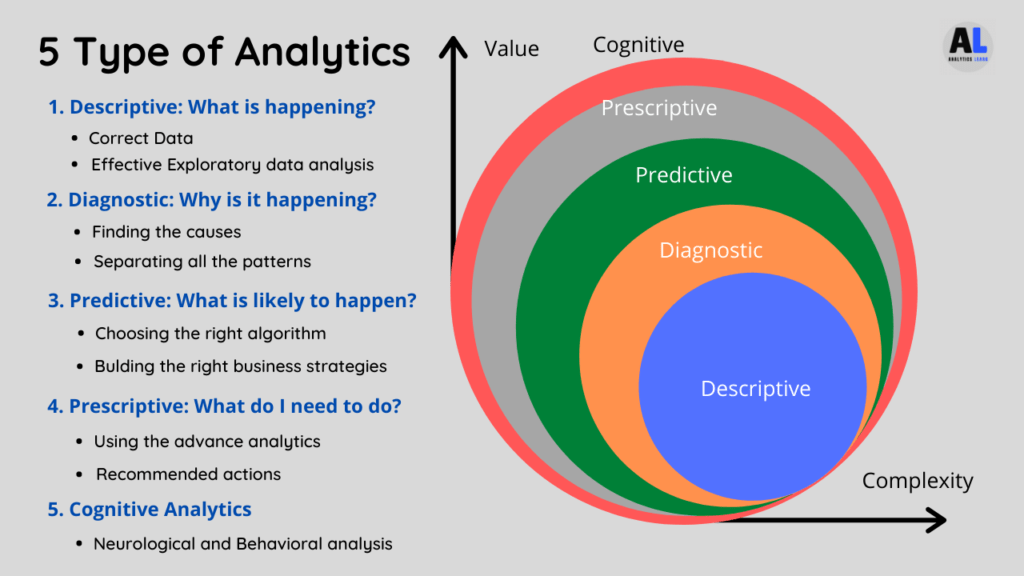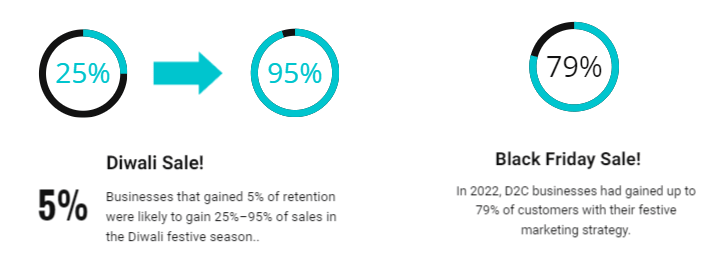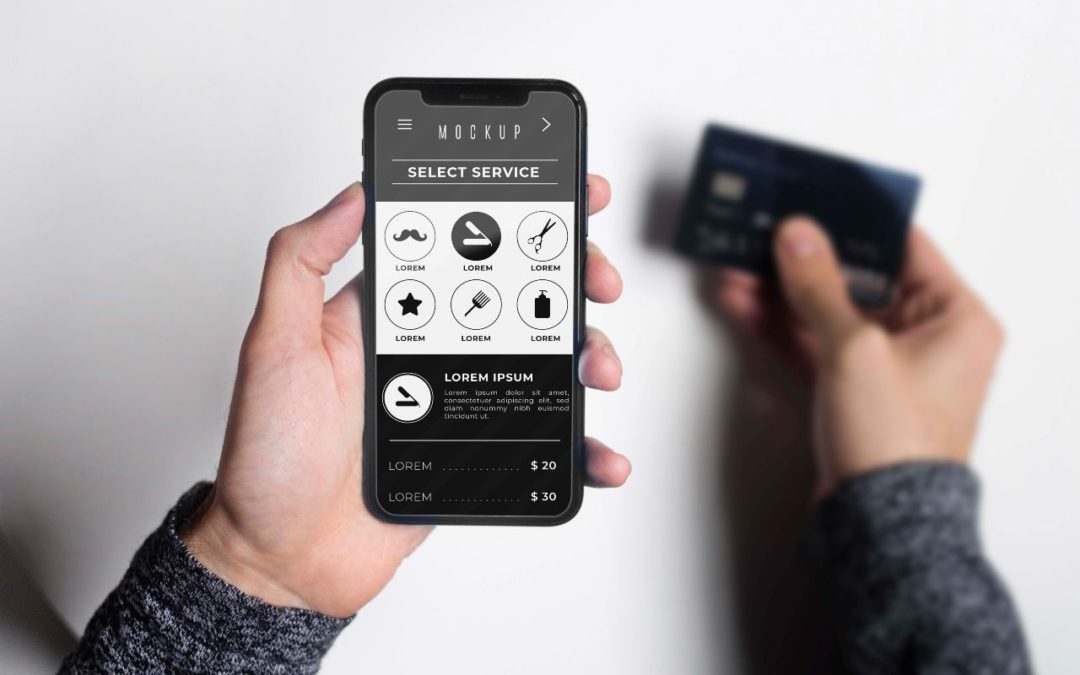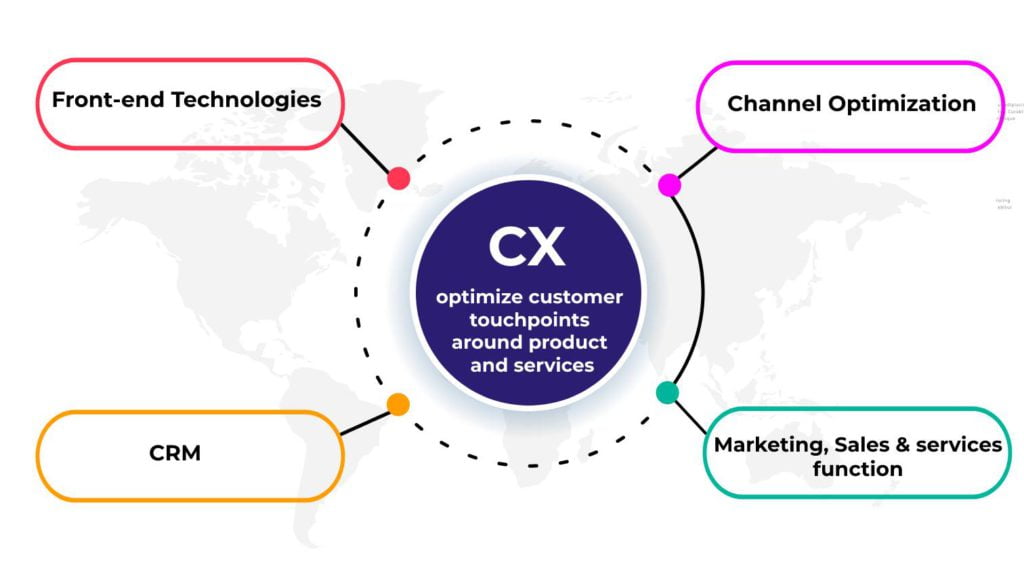
What is Customer Analytics: Types, Best Practices & Tools
Do you know? According to McKinsey, customer behavior analytics users see 85% higher sales growth and 25%+ gross margin in their business. understanding your customers has never been more critical.
The key to staying ahead of the curve lies in utilizing the power of customer analytics. This data-driven approach allows businesses to gain profound insights into customer behavior, preferences, and needs, ultimately leading to smarter decision-making and more effective marketing strategies.
In this comprehensive guide, we will delve deep into the world of customer behavior analytics, exploring its various types, best practices, and the essential tools that can empower your business to thrive in the digital age.
What is Customer Analytics?
Customer analytics is the systematic examination of customer data and behavior patterns to extract valuable insights of your retail store. It involves gathering and analyzing data from various touch points to comprehend customer preferences, identify trends, and optimize business strategies.
This data can be collected from sources such as websites, mobile apps, social media, customer surveys, and more.
Why Customer Analysis is Important?
There are 5 main reasons of importance of customer analysis in businesses. Below are the reasons every business should have a look…
1. Uncover the Voice of Your Customers
- Listen to what matters: Analyze customer feedback from surveys, social media, and support interactions to understand their needs, frustrations, and preferences.
- Identify recurring themes: Analyze trends and patterns in customer interactions to uncover common pain points and areas for improvement.
- Gain deeper insights: Utilize sentiment analysis to understand the emotional tone of customer feedback and identify areas of dissatisfaction.
2. Optimize Your Service Channels
- Identify preferred channels: Analyze customer activity across different channels (phone, email, chat, etc.) to identify their preferred methods of contact.
- Map customer journeys: Analyze the steps customers take to resolve issues and identify opportunities to streamline the process.
- Automate routine tasks: Leverage AI and chatbots to handle basic inquiries and free up human agents for complex issues.
3. Boost Agent Productivity and Performance
- Identify skill gaps: Analyze agent performance data to identify areas where training and coaching are needed.
- Provide real-time feedback: Utilize dashboards and scorecards to give agents instant feedback on their performance and areas for improvement.
- Optimize agent schedules: Analyze peak call times and agent availability to ensure adequate staffing during busy periods.
4. Measure and Track Success
- Define key performance indicators (KPIs): Set clear and measurable goals for your customer service team, such as first response times, resolution rates, and customer satisfaction scores.
- Track progress over time: Utilize data visualization tools to monitor your progress towards your goals and identify areas where you’re excelling or falling short.
- Make data-driven decisions: Use your consumer analysis insights to make informed decisions about resource allocation, training programs, and technology investments.
5. Personalize the Customer Experience
- Analyze individual customer data: Gain insights into each customer’s needs, preferences, and purchase history to offer personalized support and recommendations.
- Proactive engagement: Utilize predictive analytics to identify potential issues and proactively reach out to customers before they experience problems.
- Tailor communication: Customize your communication style and content based on each customer’s preferred language, channel, and communication style.
Types of Customer Analytics
Certainly! Customer behavior analytics comes in various types, each serving a unique purpose to help businesses better understand their customers. Let’s break down these types in a more easy-to-understand way:

Descriptive Analytics
Descriptive analytics is all about understanding what has happened in the past. It involves summarizing historical data to provide insights into customer behavior.
This type of customer analytics is foundational, as it helps in identifying patterns and trends.
Diagnostic Analytics
Diagnostic analytics goes a step further by analyzing why certain events occurred. It helps in pinpointing the root causes of specific customer behaviors or outcomes.
For instance, it can uncover why customers abandon their shopping carts on your e-commerce site.
Predictive Analytics
Predictive analytics uses historical data to make forecasts about future customer behavior. By leveraging machine learning and statistical algorithms, businesses can anticipate customer actions and adjust their strategies accordingly.
This is invaluable for proactive decision-making.
Prescriptive Analytics
Prescriptive analytics takes predictive retail store analytics a step further by providing recommendations on what actions to take.
It helps in optimizing decision-making processes, suggesting the best course of action to achieve desired outcome.
Cognitive Analytics
Cognitive analytics is the most advanced type of analytics. It uses artificial intelligence (AI) and machine learning to mimic the human brain’s ability to learn and reason.
This can be used to analyze complex data sets, identify patterns & insights that would be missed by traditional analytics methods, and make better decisions in real-time.
7 Customer Analytics Best Practices
To extract maximum value from consumer analysis, businesses like retail stores should follow these best practices:
1. Define Clear Objectives
Begin with a clear understanding of what you want to achieve through customer behavior analytics. Whether it’s improving customer retention, increasing sales, or enhancing the user experience, well-defined objectives will guide your efforts.
2. Collect Quality Data
Ensure that you gather accurate and relevant data from diverse sources. Clean and structured data is essential for meaningful analysis.
3. Invest in Analytics Tools
Choose the right analytics tools and technologies that align with your objectives. Popular choices include Google Analytics, Adobe Analytics, and customer relationship management (CRM) systems like Salesforce.
4. Segment Your Customer Base
Segmentation allows you to group customers with similar traits or behaviors. This enables personalized marketing efforts and tailored product recommendations.
5. Embrace Predictive and Prescriptive Analytics
Go beyond descriptive analytics to harness the power of predictive and prescriptive analytics. Predict future trends and receive actionable recommendations for optimal decision-making.
6. Ensure Data Privacy and Security
Protect customer data at all costs. Comply with data protection regulations like GDPR and ensure robust security measures are in place to safeguard sensitive information.
7. Foster a Data-Driven Culture
Encourage your team to embrace data-driven decision-making. Make data accessible and promote a culture of continuous learning and improvement. Unlocking the full potential of your e-commerce business requires the expertise of professionals who can delve deep into the data, extracting invaluable insights.
These experts effortlessly transform raw data into actionable insights, providing you with a comprehensive understanding of your retail store’s health.
Don’t hesitate to reach out to a trustworthy and reliable customer analytics service provider to enhance and optimize your e-commerce operations.
According to Experience management, they analyzed customer behavior and got to know that 63% of consumers suggest companies to listen their feedback for improvement.
Moreover, 62% of customers quote companies should care about their needs and requirement the most, and lastly 60% of them suggested businesses to treat them well if they want them to buy their products.
Customer Analytics Examples for Different Industries
Customer analytics goes beyond just collecting data. It’s about using that data to understand your customers’ behavior, motivations, and preferences. This allows businesses to make informed decisions that improve customer experience, drive sales, and foster loyalty.
Here are some examples of how customer behavior analytics can be applied in real-world scenarios of different industries:
Retail
Understanding customer preferences: Retailers can analyze purchase history, browsing behavior, and loyalty program data to understand what products customers are interested in, how they shop, and what factors influence their purchasing decisions.
This information can be used to personalize marketing campaigns, optimize product placement in stores, and develop targeted promotions.
Optimizing inventory management: By analyzing sales data and customer trends, retailers can forecast demand for products and avoid stockout or overstocking. This can help to improve efficiency and profitability.
Financial Services
Identifying fraud: Financial institutions can use customer analytics to identify suspicious activity and prevent fraud. This can be done by analyzing transaction patterns and identifying anomalies.
Personalized financial products: Banks and other financial institutions can use customer analytics to understand their customers’ financial needs and goals.
This information can be used to develop personalized financial products and services.
Healthcare
Improving patient outcomes: Healthcare providers can use customer analytics to track patient data and identify trends.
This information can be used to improve patient care and develop more effective treatment plans.
Predicting patient behavior: By analyzing patient data, healthcare providers can predict which patients are at risk of certain conditions.
This information can be used to intervene early and prevent these conditions from developing.
Manufacturing
Identifying product defects: Manufacturers can use customer analytics to identify product defects and improve quality control. This can be done by analyzing customer complaints and warranty claims.
Predictive maintenance: By analyzing sensor data from machines, manufacturers can predict when maintenance is needed. This can help to prevent downtime and improve efficiency.
Media & Entertainment
Content recommendations: Streaming services and other media companies can use customer analytics to recommend content to users.
This can be done by analyzing their viewing history and preferences.
Understanding audience preferences: Media companies can use customer analytics to understand what type of content their audience is interested in.
This information can be used to develop new content and programming.
Education
Personalized Learning: Analyze student data (grades, test scores, engagement metrics) to understand strengths and weaknesses.
Tailor instruction to individual needs, recommending resources or offering targeted interventions.
Predicting Student Success: Identify students at risk of dropping out or needing extra support based on attendance, behavior, and academic performance.
Proactive interventions can significantly improve outcomes.
Optimizing Course Content and Delivery: Analyze student engagement with online learning materials or performance in specific topics.
Use this data to improve course content, identify areas needing more explanation, or adjust teaching methods.
Marketing and Recruitment: Identify characteristics of successful students and target marketing efforts to attract similar profiles.
Analyze website traffic and program inquiries to understand where potential students are coming from and what information they seek.
Real Estate
Understanding Market Trends: Analyze past sales data, demographics, and economic indicators to predict future trends in property values, rental rates, and market demand.
This helps investors make informed decisions and brokers price properties competitively.
Targeted Marketing: Analyze buyer demographics, search history, and property preferences to target marketing campaigns.
Recommend properties that closely match buyer needs and personalize advertising for different segments (first-time buyers, families, investors).
Improving Property Management: Analyze historical maintenance records and tenant data to predict future repairs and optimize maintenance schedules.
Analyze tenant satisfaction surveys to identify areas for improvement in property management services.
Optimizing Pricing Strategies: Analyze comparable properties, market conditions, and listing days to suggest optimal listing prices for sellers.
This helps sell properties faster and at a fair market value.
Top 3 Customer Analytics Tools
Choosing the right customer analytics tools is crucial for effective analysis of target audience behavior. Here are some of the best tools in the field: Let’s have an overview:-
1. Google Analytics
A versatile and widely-used tool, Google Analytics offers insights into website and app performance. It provides data on user behavior, traffic sources, and conversion rates.
2. Tableau
Tableau is a robust data visualization tool that allows you to create interactive and shareable dashboards. It helps in presenting complex data in a comprehensible manner.
4. Mixpanel
Mixpanel specializes in event-based analytics, helping businesses understand user interactions with their digital products. It’s commonly used for mobile app analytics.
Wrapping Up!
In an era where data control supreme, customer analytics emerges as the secret weapon that can propel your business forward. By understanding your customers on a profound level, you can make informed decisions, personalize customer experiences, and gain a competitive edge in the market.
Remember, successful customer behavior analysis involves a combination of the right tools, quality data, and a commitment to best practices. With these elements in place, your business can thrive, ensuring long-lasting customer satisfaction and sustained growth.
So, empower your online retail store by fixing an appointment with a trusted expert, and enjoy the data-driven success!
For more updates subscribe our newsletter!




